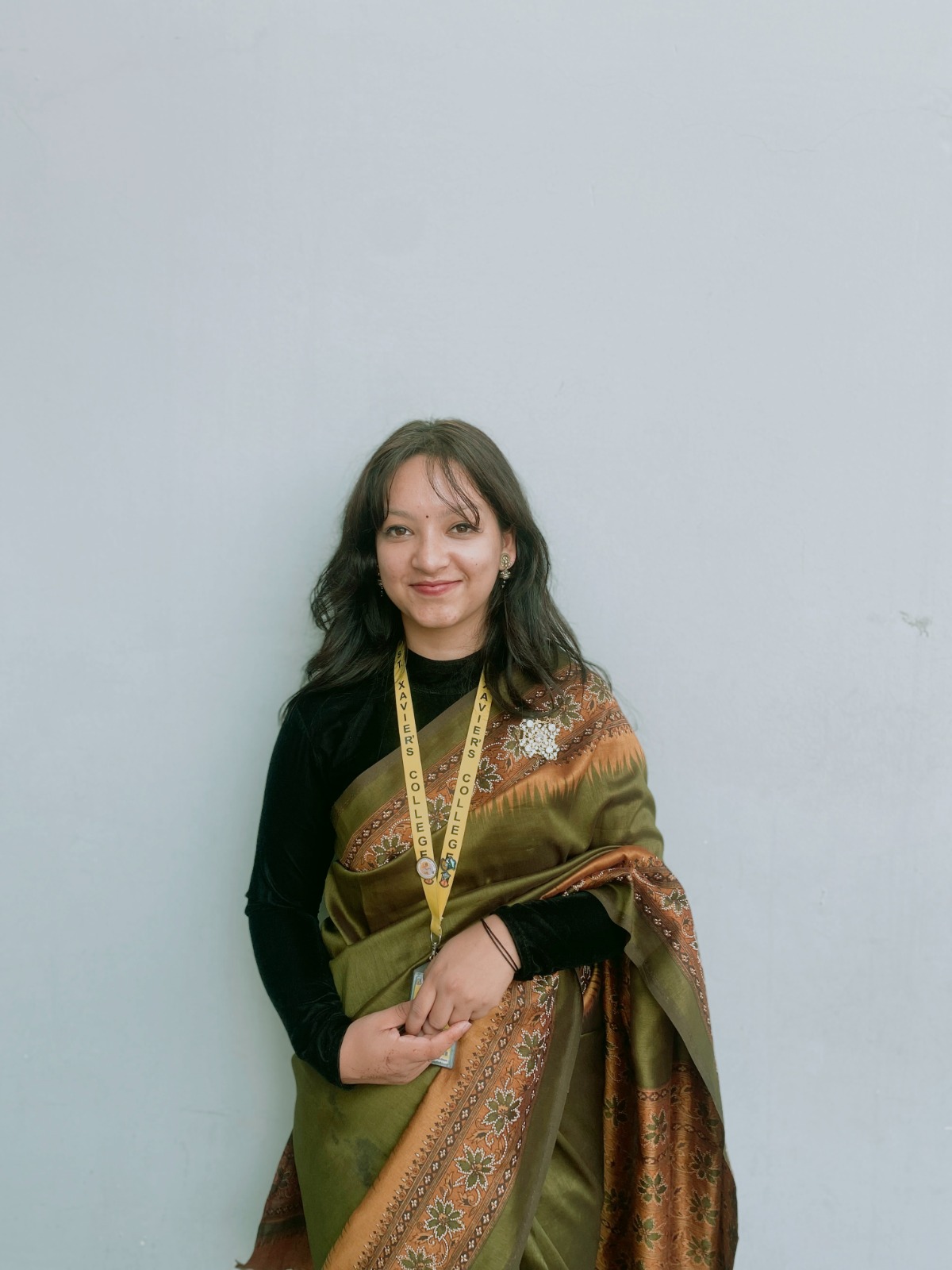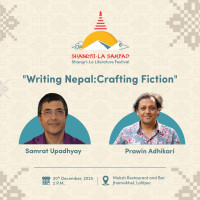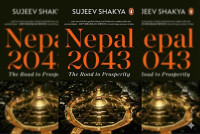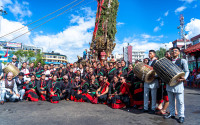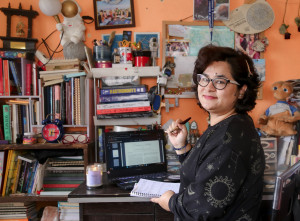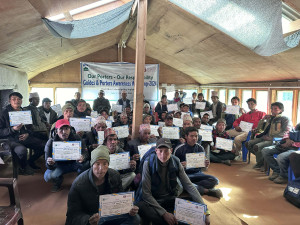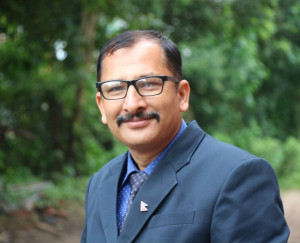Culture & Lifestyle
Songs of faith and struggle in Nepal’s Far-West
Led primarily by women, Gaura Parva weaves together myth, music, fasting, and community life, carrying forward centuries of cultural strength.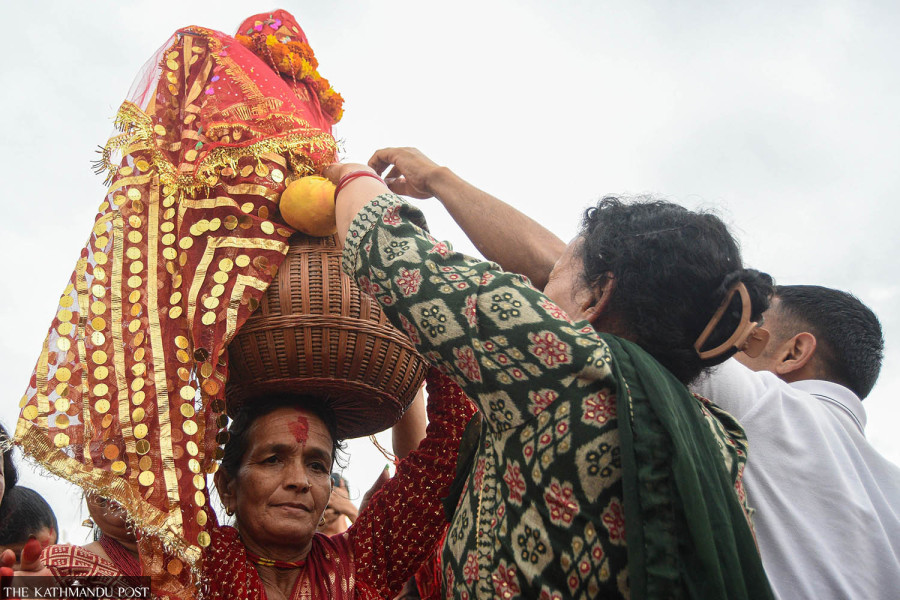
Aarya Chand
When women across Nepal’s far-western region gather in late summer to sing deuda songs and prepare grain offerings, they are keeping alive one of the region’s most distinctive traditions—Gaura Parva.
The festival, which is led primarily by women, has roots in ancient scriptures and is centred on the worship of Goddess Gaura, also known as Parvati, and her union with Lord Shiva. More than a religious ritual, Gaura Parva embodies cultural continuity, collective participation, and the reinforcement of marital bonds in society.
According to Padma Raj Kalauni, a PhD holder in political science and the president of the Sudurpachim Mahalaxmi Society in Imadol, the festival holds both cultural and spiritual significance. The Society was established to ensure that all rituals and festivals in Nepal’s far-western region continue to be observed, even outside their place of origin. “We wanted to ensure the culture is carried forward, rather than stopped,” Kalauni explains.
He also points out that the practice is not confined to a single locality. “Communities from the far-west have been active in places such as Koteshwor, Kapan, Imadol and Chandragiri where they continue celebrating these festivals with the same devotion as in their home districts,” he says. Kalauni, who has also authored ‘Manashi Bhailo’, a book exploring far-western traditions through folk expression, believes Gaura Parva stands out because of its distinct female leadership and deep symbolic layers.
The word Gaura refers to Gauri, another name for Goddess Parvati, and there are more than one thousand eight hundred names of her in total. Gaura Parva commemorates Parvati’s penance to win Shiva as her husband. It marks the divine marriage between the two deities, an event mentioned in the Himavat Khanda, a segment of the Skanda Purana in Hinduism and several other Puranas. In these accounts, Parvati, the daughter of the Himalaya, worships Shiva through strict fasting. Her devotion eventually results in their union, which devotees continue to celebrate today.
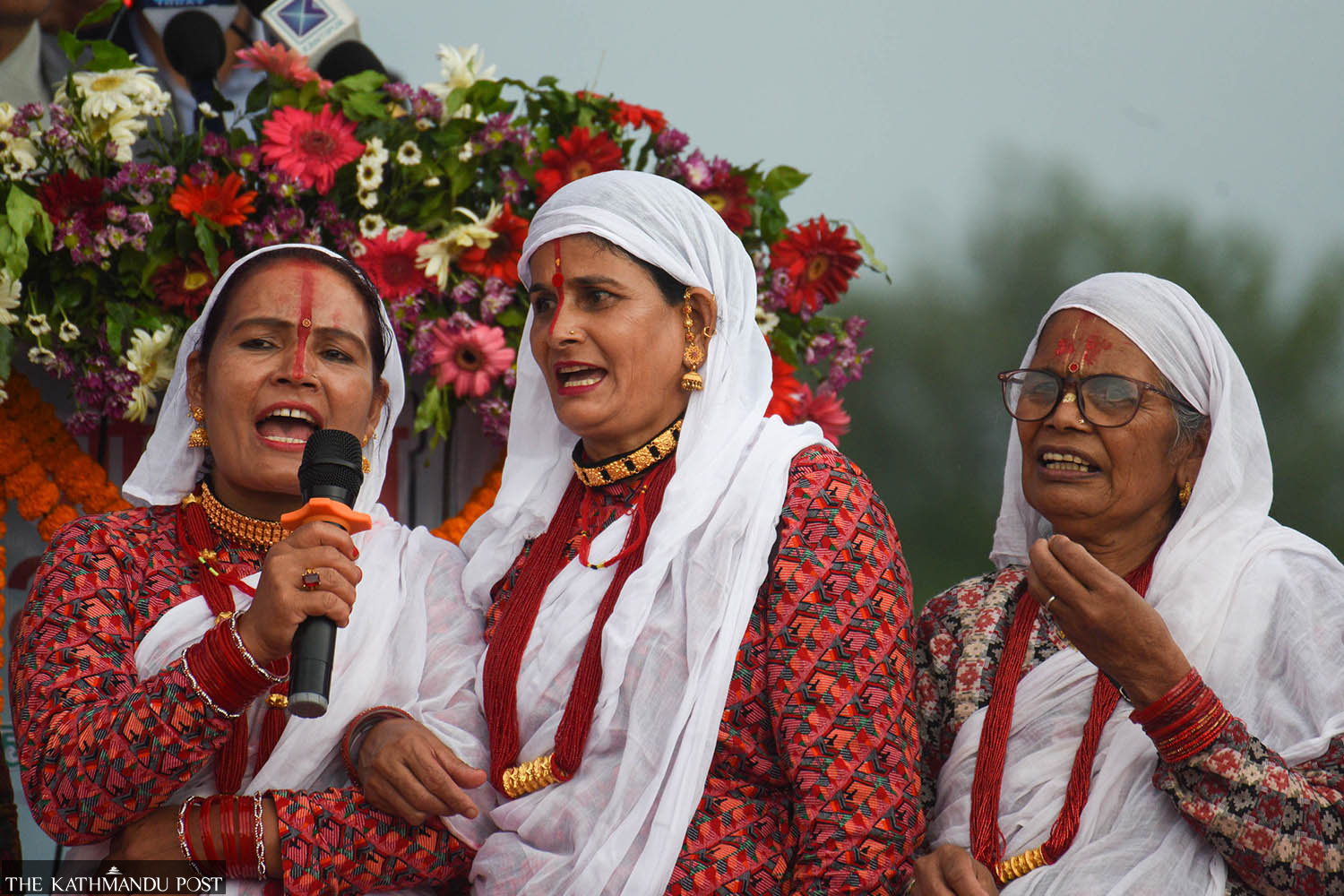
The Manas Khanda section of the Skanda Purana places Gaura’s origins in the Himalayan region, specifically among communities in Kumaon, Uttarakhand. The festival has been most prominently celebrated in Nepal across the far-western districts of Doti, Baitadi, Dadeldhura, Darchula, Bajhang, Achham, and Bajura. It falls in August or September, depending on the lunar calendar.
The festival generally spans five consecutive days, though practices vary from place to place. This year, according to astrological calculations and Aacharya Ghanshyam Leakhak, a teacher and cultural writer, the observances began from Putrada Ekadashi on August 4, while the formal commencement will be on Biruda Panchami, which falls on August 28.
The rituals begin with household purification. On Chaturthi, clean soil is brought in, and preparations are made for soaking grains. Women prepare five types of grains—black lentils (maas dal), gahat, gurans, kalaun (small pea), and wheat—collectively known as Biruda. These grains symbolise Lord Shiva’s Panchakshara mantra. While preparing Biruda, women traditionally sing auspicious songs that bring together religious reverence and community participation.
On Biruda Panchami, women wake early, bathe, and soak the grains in copper or brass vessels. These are decorated with cow dung, rice, and dubo grass, underscoring the integration of agricultural elements into the ritual. The timing of Gaura Parva can place it either in the Krishna Pakchya (dark fortnight) or the Shukla Pakchya (bright fortnight). The latter is Ujeli Gaura, which is considered especially auspicious for newly married women.
Another day, Shasthi, is also called nolygaura. On this day, women gather at local wells or springs, wash the Biruda, sing faag songs and dance. They then return home carrying the grains.
On Saptami also known as Sanjya Gaura, the women make an idol of Goddess Gaura by uprooting five types of grass, such as saun, paddy, bermuda grass, sesame, and common mugwort (kurjo titepati). The idol is carried home in a basket covered with a red cloth and ornaments. Women observe a strict fast on this day, and both Gaura Devi and Lord Maheswor (Shiva) are worshipped in Vedic fashion. The idol of Shiva is also made, typically from wood or stone.
The fasting women adorn the idol with vermilion, glass beads, pote, gunyu, cholo, fariya, and a sacred thread called dubdhago which is in red and yellow colour. Married women wear the dubdhago around their necks, just like how men wear the janai or sacred thread. They replace this annually during Gaura Parva, and it is believed the spiritual strength of the thread lasts for only one year.
On Ashtami, women celebrate by singing Gaura’s songs in their homes. This day is also called Athewali in the local language of west Nepal. In the evening, one woman carries the idol of Gaura on her head, while another carries the idol of Shiva. With the idols held high, women form circles and perform deuda songs and dances, a style rooted in the far-western hills that combines rhythm, call-and-response singing, and synchronised steps. The circle dance represents unity and continuity.
Carrying the idols during the dance symbolises the deities’ presence, turning the occasion both a spiritual observance and a reaffirmation of cultural identity.
Then comes the Fal Fatkaune ceremony, the same day of Athewale, where offerings of biruda, fruits and flowers and gifts are placed on a cloth, and tossed towards the sky, in all four directions. Women spread their veils and scarves to catch the offerings, believing that receiving auspicious fruit ensures blessings for the year ahead. In this way, the Gaura festival is observed from Biruda Panchami to Ashtami, with Gaura’s immersion (selaune), held three to five days later, depending on local tradition. After this procession, men play musical instruments while women sing the Gaura–Maheshwar deuda song and dance, known as Faag.
After the Fal Fatkaune ceremony, the women finish their fasting by gulping down Biruda without chewing it. Later families fry and distribute Biruda as prasad, making it a shared festive food. Women also perform a Mundo Pujne ritual for every family member and close neighbour in hierarchical order, praying for good health and blessings.
According to Kalauni, a Thado Khel, also draws upon mythological stories from the Mahabharata, Ramayana, and Krishna Leela, while also remembering figures from Nepal’s political history, such as martyr Dashrath Chand and farmer leader Bhimdatta Pant. The idol of Gaura is then taken to a river, pond, pipal tree, or temple in open flat stone (paat),marking the festival’s conclusion.
The songs bridge mythology, history, and local identity. They carry forward not only stories of deities but also collective memories of social struggle and resistance.
Gaura Parva also represents the wish of women for the long life and well-being of their husbands, their family members and society. The dubdhago is regarded as a sign of marital commitment and spiritual protection. In Manas Khanda region, it is considered that, if a married woman participates in the fast for once then she has to take the fast for her lifetime, despite her age. And if a woman dies without ever having observed Gaura Parva, the dubdhago is placed on her body during cremation.
Within families, Gaura Parva marks one of the most important occasions after Dashain. Even in years of mourning, when the festival cannot be celebrated fully, families may still prepare food for children, though Biruda is not soaked in such circumstances. Some families also share biruda in temples if they are unable to perform the rituals at home.
Food plays its part too. Families prepare vegetarian dishes such as puri, halwa, sel, and pua, all made with ghee.
Kalauni stresses that, “The festivals are part of our identity. They cannot be abandoned simply because we live far from home.”
Gaura Parva, with its distinctive female leadership, devotional fasting, and vibrant deuda songs, continues to embody the cultural strength of Nepal’s far-western communities. What was once rooted in only a few districts of Sudurpashchim has now spread across the country through the reach of communication and information.
In this way, Gaura Parva has become not only a regional tradition but also a national expression of identity, reminding communities everywhere that cultural heritage endures when it is carried forward with devotion and unity.




 9.12°C Kathmandu
9.12°C Kathmandu